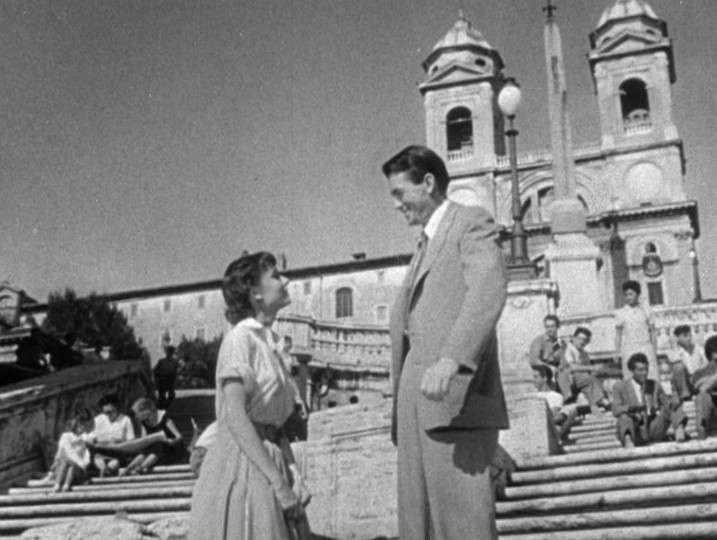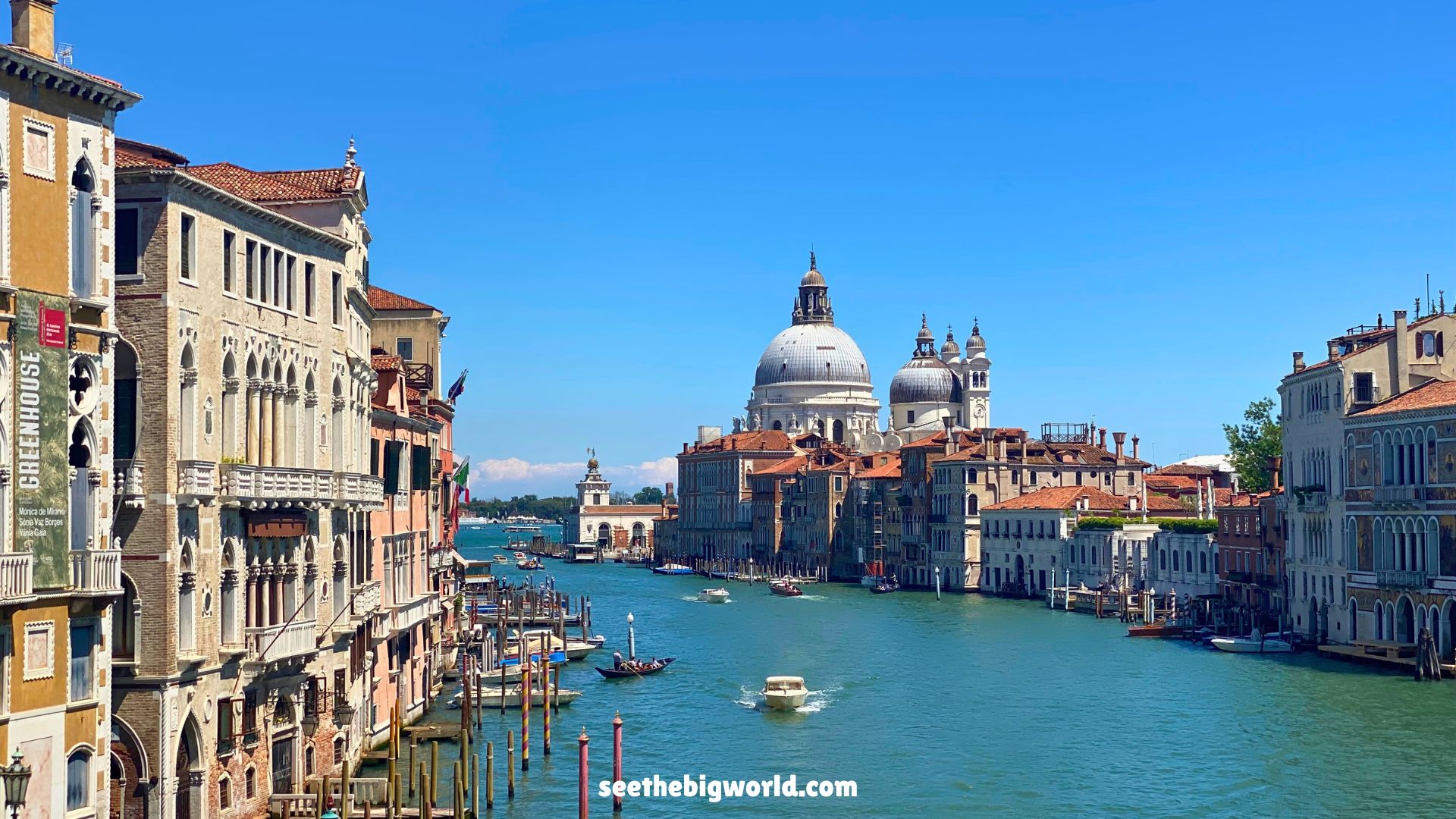Updated on 25/11/2025 | Published on 02/01/2025
Spanish Steps Review: The Spanish Steps, featured in the classic film Roman Holiday, is a must-visit landmark for first-time visitors to Rome. This article shares my personal experience and covers the historical background, must-see highlights, best visiting times, ticket information, and transport tips.
Read Before Your Trip
City Guides:Rome|Milan|Florence|Venice|Cinque Terre
Rome Articles:Colosseum|Pantheon|Spanish Steps|Trevi Fountain|Vatican Museums|St. Peter’s Basilica
Milan Articles:Duomo di Milano|Galleria Vittorio Emanuele II|The Last Supper
Passes:Euro Train Pass|Roma Pass|Omnia Card
Colosseum:Get Your Guide|KLOOK
Vatican Museums:Get Your Guide|KLOOK
Duomo di Milano:Get Your Guide|KLOOK
Florence Cathedral:Get Your Guide|KLOOK

Why Should You Visit Spanish Steps? (History and Features)
The Spanish Steps are one of Rome’s most famous landmarks, located at Piazza di Spagna. This magnificent staircase, consisting of 138 steps, was built between 1723 and 1725 and designed by architect Francesco de Sanctis. Its purpose was to connect Piazza di Spagna to the Trinità dei Monti church at the top.
The Spanish Steps became a world-famous landmark thanks to the classic film Roman Holiday. In the movie, Audrey Hepburn and Gregory Peck share an iconic scene on the steps, making the location a symbol of romance and freedom. As a result, many tourists flock to the spot to recreate this memorable moment.
Spanish Steps Visit Info
How to Get to Spanish Steps?
- The Spanish Steps are located in the heart of Rome, near Piazza di Spagna, just a 10 to 15-minute walk from the Trevi Fountain and the Pantheon.
- Google Maps Link
Opening Hours
- Open All Day
Tickets / Tours
- Free
Best Time to Visit
- The best time to visit is early in the morning or late in the evening, especially during the summer peak season, to avoid large crowds.
Time Spent
- A typical visit to the Spanish Steps takes about 15 to 30 minutes. If you plan to also explore the nearby Trinità dei Monti Church or Piazza di Spagna, you might spend a little longer.
Are Backpacks Allowed?
- There are no specific entry restrictions for the Spanish Steps, so you can bring a backpack.
- Since August 2019, the Roman government has prohibited tourists from sitting on historical monuments, including the Spanish Steps. The use of rolling suitcases, folding chairs, and similar items is also banned. Violators may face fines of up to 400 euros.
Is It Suitable for Children, Pregnant Visitors, or the Elderly?
- While the Spanish Steps have many steps, making it challenging for young children, pregnant women, or the elderly to climb, the flat surface of Piazza di Spagna is perfect for visitors of all ages to relax and enjoy the views.
Nearby Attraction(s)
- Trevi Fountain:Just a 10-minute walk from the Spanish Steps, Trevi Fountain is one of Rome’s most iconic landmarks. Visitors often throw a coin into the fountain to ensure their return to Rome.
Highlights of Spanish Steps (Multiple Images)
1. The Steps
The Spanish Steps consist of 138 steps connecting Piazza di Spagna with the Trinità dei Monti church. As one of Rome’s most iconic landmarks, the steps are a popular gathering place for both locals and visitors, offering a unique social and cultural experience.

2. Trinità dei Monti Church
Situated at the top of the Spanish Steps, this church is recognisable for its distinctive twin bell towers, a rare architectural style in Rome. Consecrated in 1594, the church has deep ties to French royalty. In 1494, King Charles VIII of France commissioned its construction to honour Saint Francis of Paola’s assistance to his father, King Louis XI.
The church features a single nave flanked by six chapels on either side, later updated with 18th-century additions. A wrought iron gate was installed to preserve monastic privacy. The elegant structure offers breathtaking views of Piazza di Spagna, making it a must-visit for history and architecture enthusiasts.

3. Piazza di Spagna
Considered one of the most historically significant squares in Europe, Piazza di Spagna is a bustling hub of activity. Surrounded by shops and cafés, it’s an ideal spot to relax and recharge during your tour of Rome.

4. Fontana della Barcaccia (The Fountain of the Old Boat)
Located at the base of the Spanish Steps, this Baroque-style fountain resembles a partially sunken boat. Designed by Pietro Bernini and his son Gian Lorenzo Bernini, the fountain symbolises the floods that historically plagued Rome.
The inspiration for the fountain came from a 17th-century flood that left a boat stranded at this site. The intricate carvings and flowing water create a dynamic display, making it a perfect photo spot. Visitors are often captivated by the delicate curves of the water cascading from the boat’s sides.




